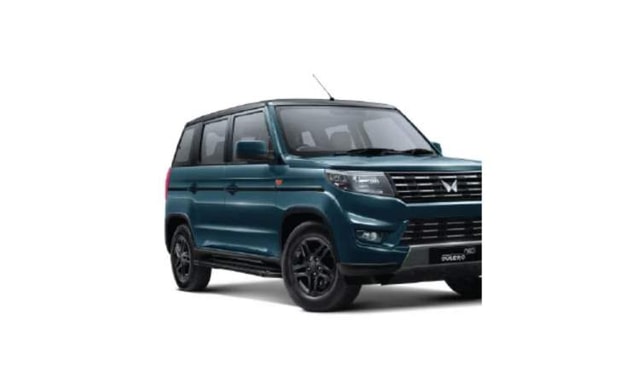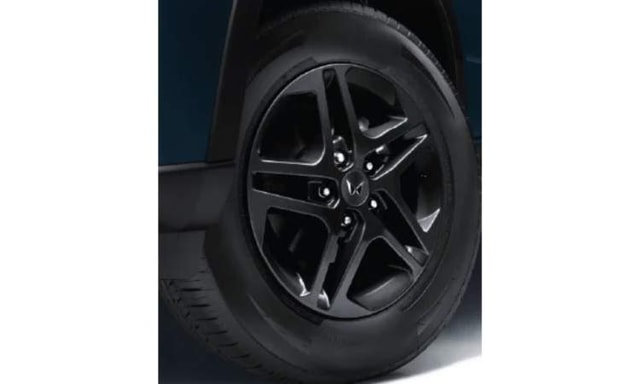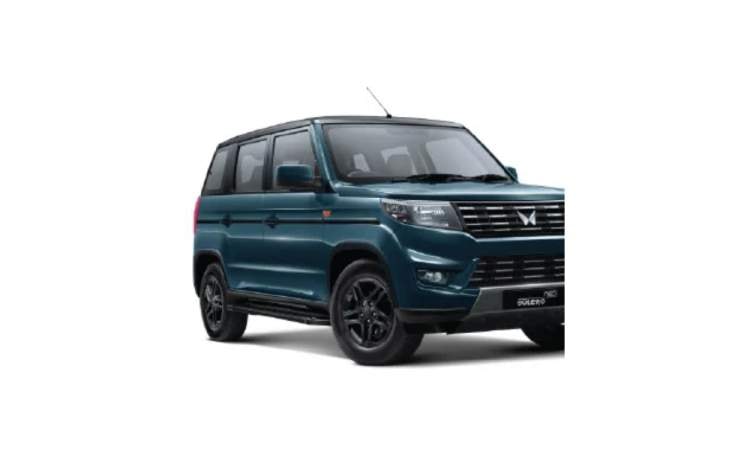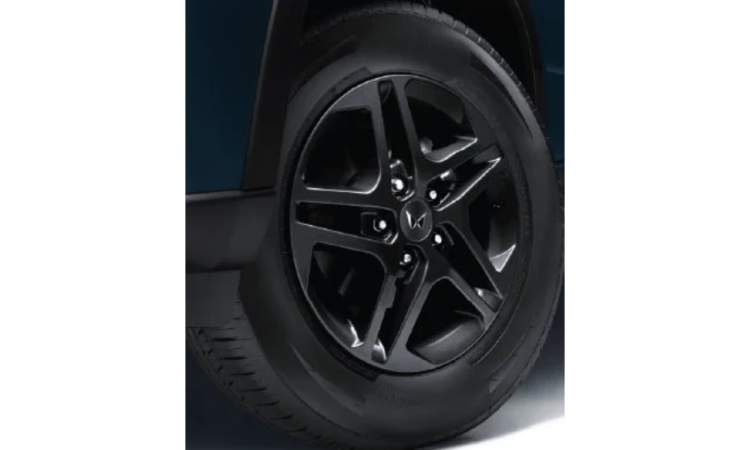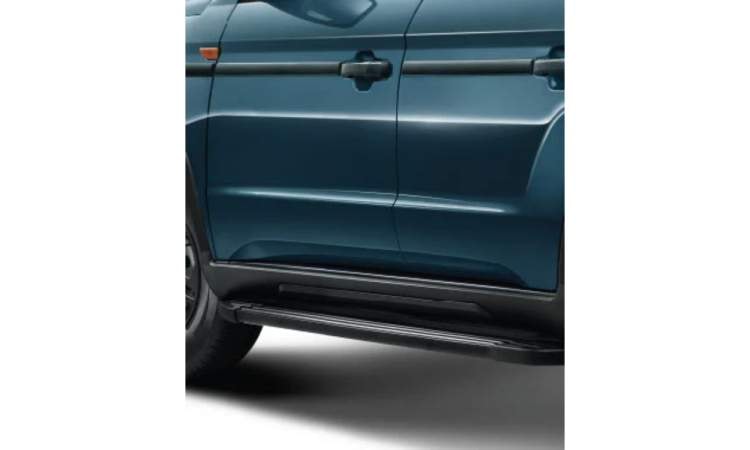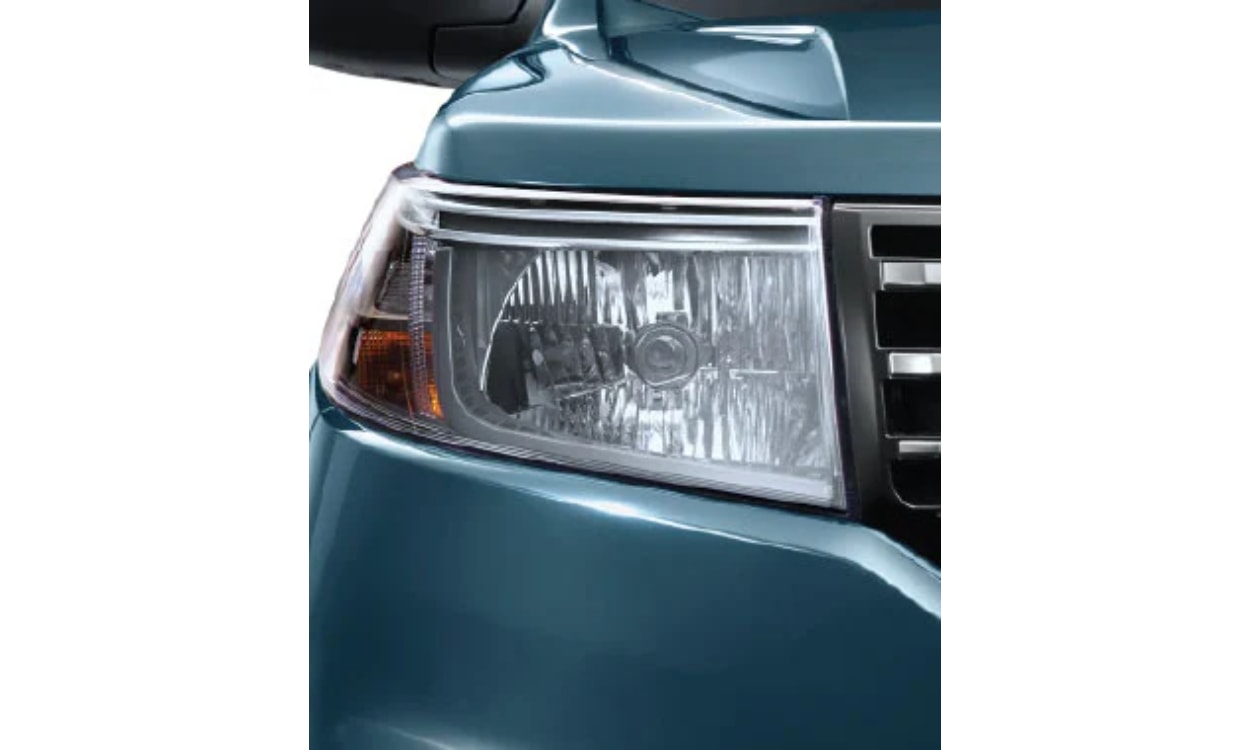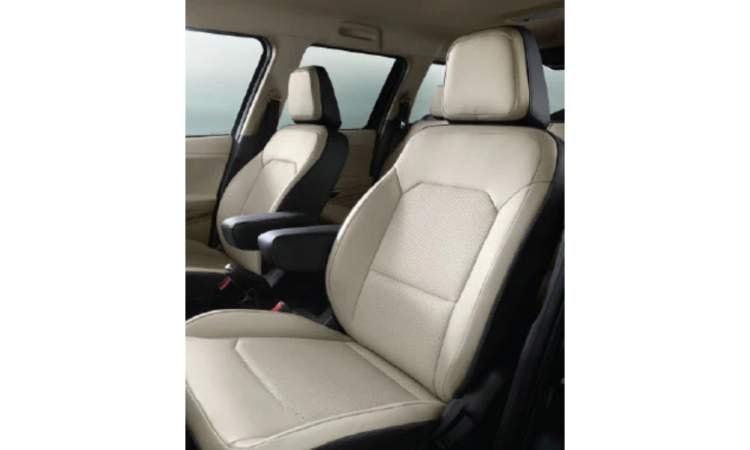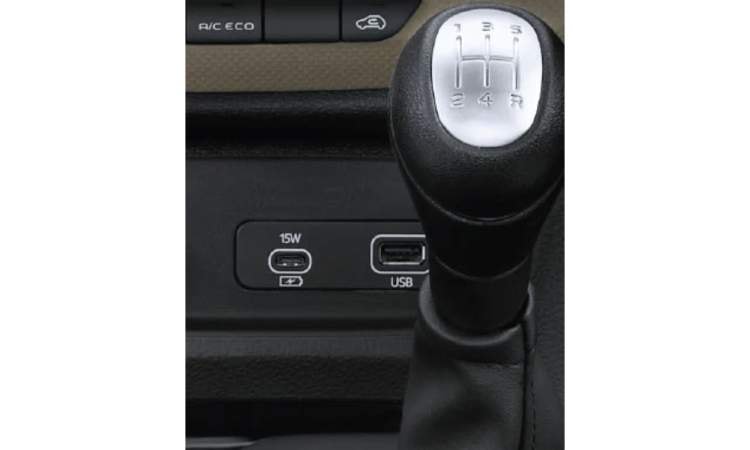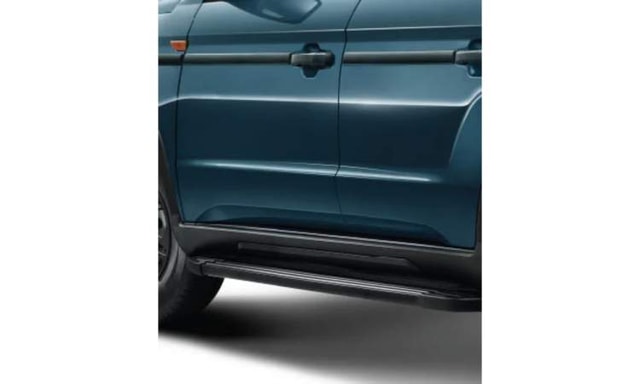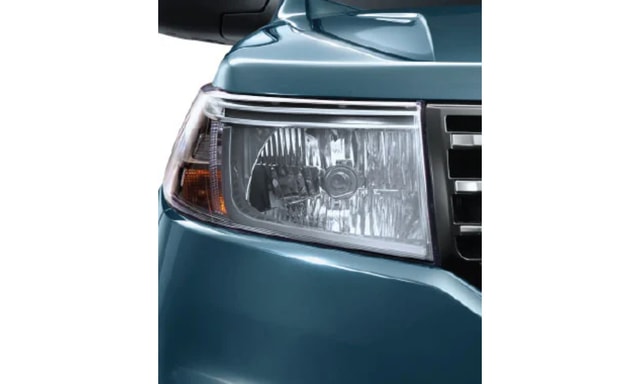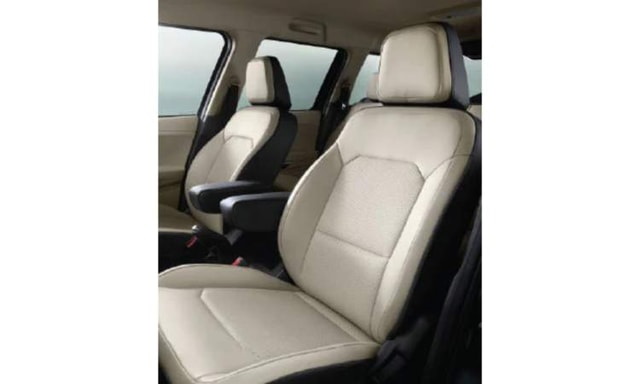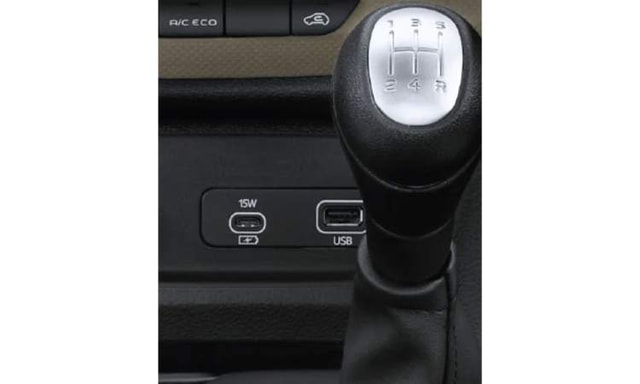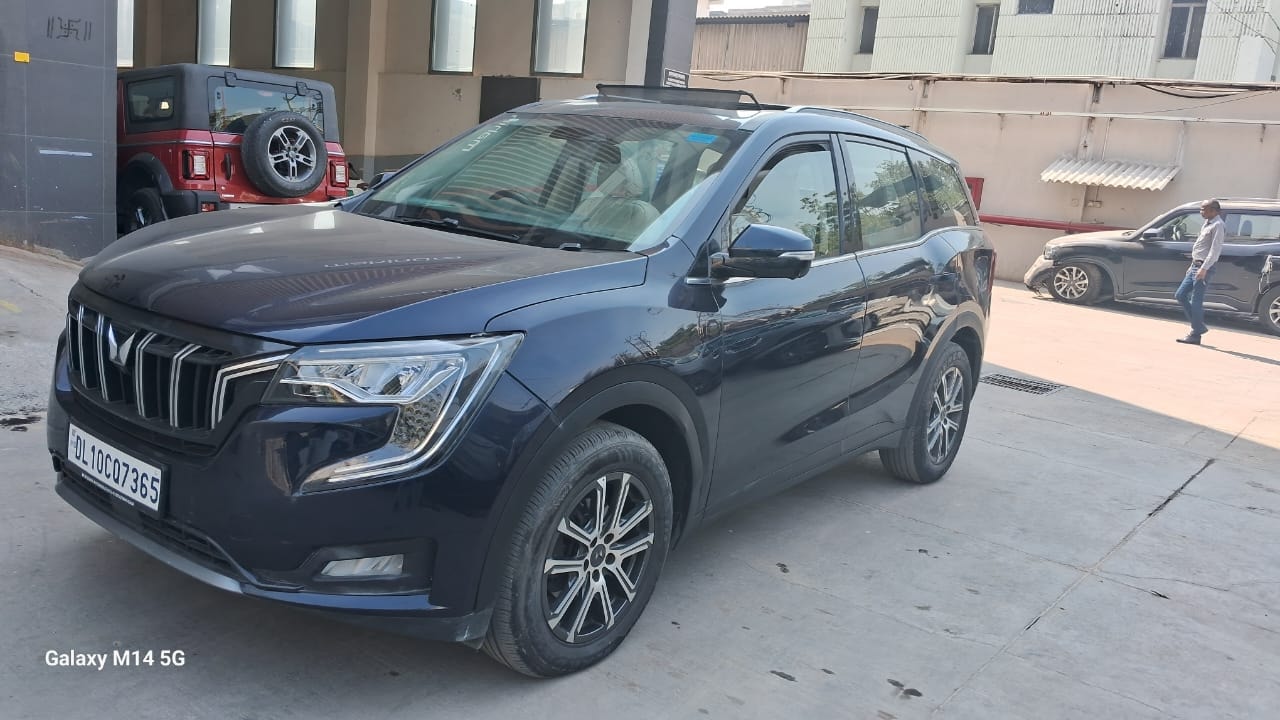Mahindra Bolero Neo 2025
Mahindra Bolero Neo 2025 is a 7-seater SUV available at a starting price of Rs. 8.49 Lakh. The car is available in 5 variants, with 1 engine and 1 transmission option. Additionally, 2025 Bolero Neo offers a Ground Clearance measurement of 180 mm and a Boot capacity of 384 liters. You can choose from 9 colors for...
Latest Updates on Mahindra 2025 Bolero Neo
2025 Mahindra Bolero And Bolero Neo Launched: Prices Start At Rs. 7.99 lakh
Mahindra Bolero Neo Receives 1 Star Rating In Global NCAP Crash Tests
Mahindra Bolero Neo Plus Launched In India At Rs 11.39 Lakh
Planning To Buy The New Mahindra Bolero Neo? Here Are Some Pros And Cons You Should Look At
Mahindra Bolero Neo N10 (O) Top-Spec Variant Price Announced
What's New on Mahindra 2025 Bolero Neo?
Introduction
- The iconic Mahindra Bolero Neo was refreshed in October 2025.
- Starting at a price of Rs. 8.49 lakh, it features a series of cosmetic and functional upgrades.
Exterior
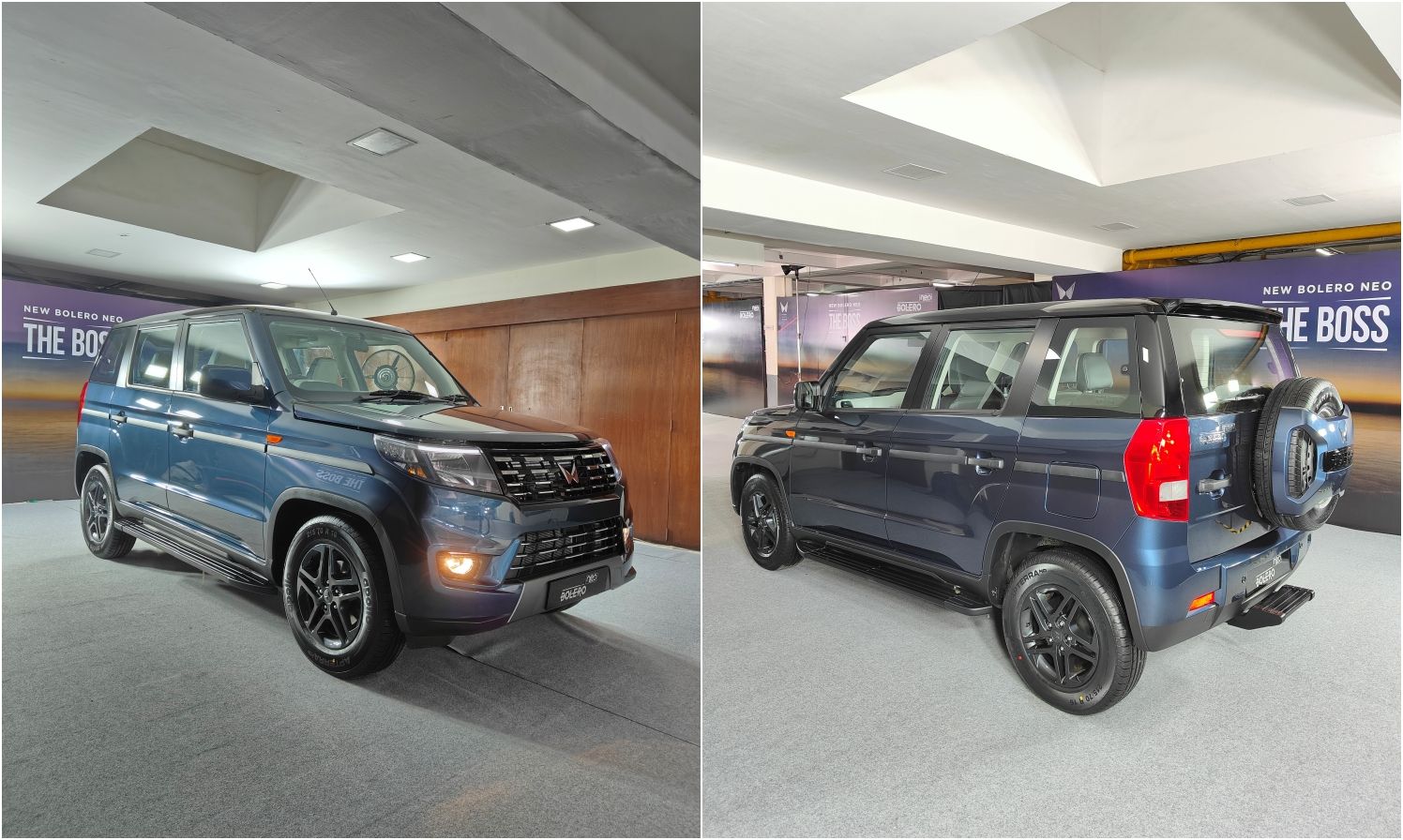
- Appearance-wise, the Bolero Neo gets a new body-coloured grille, revised wheel arch cladding, and dual-tone colourways.
- The colour palette includes new colours like Jeans Blue, and Concrete Grey.
- Existing monotone colour options include Diamond White, Stealth Black, and Rocky Beige.
- Along with the Pearl White, the new colour options can be had in a dual-tone shade as well.
- The other key highlights on the SUV include DRLs integrated in the headlight module, dual-tone ORVMs with electric adjustment, and 15/16-inch alloys.
- Mahindra offers the Bolero Neo across five variants, namely, N4, N8, N10, N10 (O), and N11.
Interior
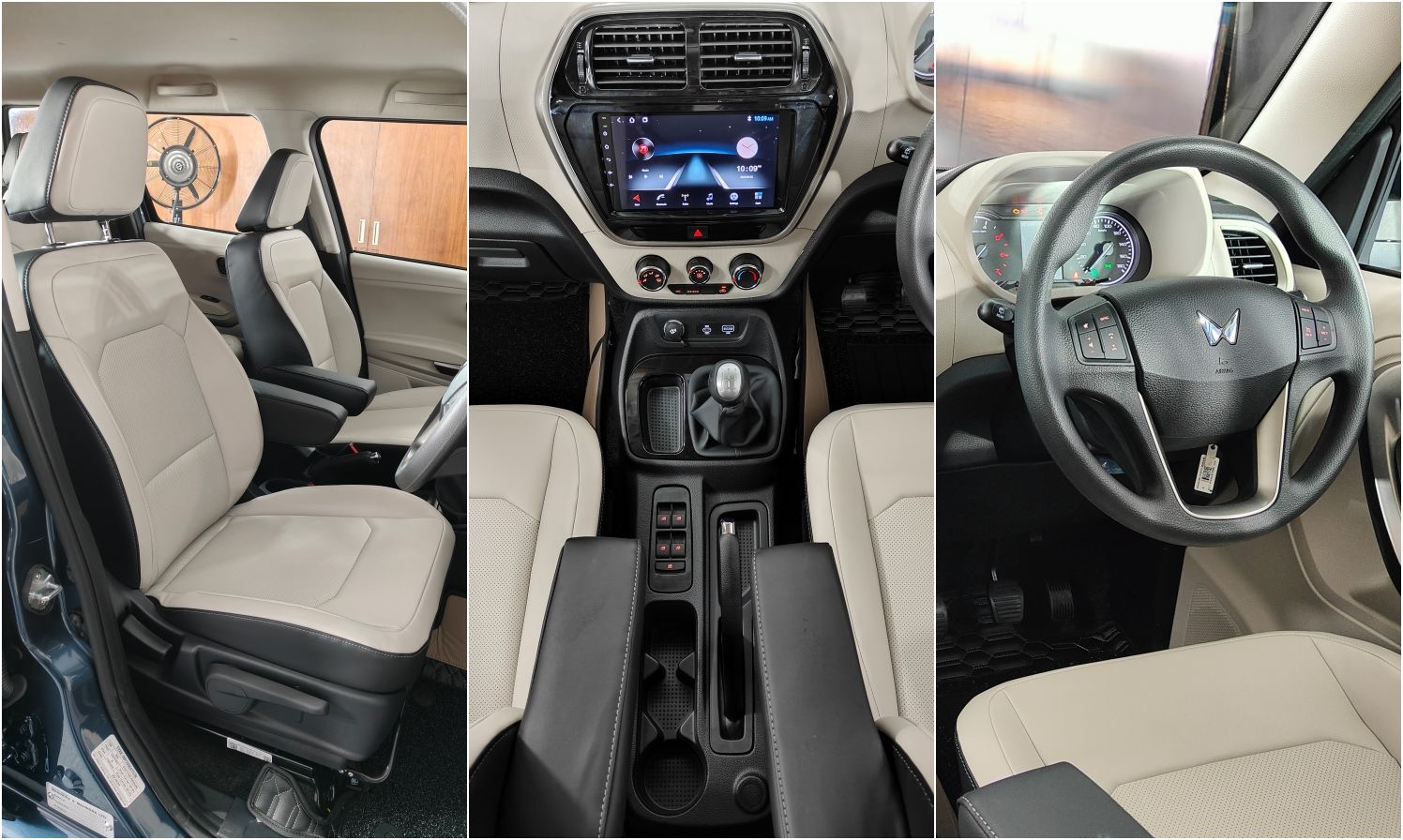
- Inside its cabin, the interior colourways include Lunar Grey for the top-spec variant and Mocha Brown for the others.
- The facelifted Bolero Neo continues to get the seven-seat layout without any changes.
- However, there's an update in terms of the infotainment system, which supports wired Android Auto and Apple CarPlay.
- The SUV gets a new steering wheel, new upholstery, foldable second row, and front and second row armrests.
- Feature-wise, it is also equipped with rear wiper and defogger, ISOFIX mounts, ABS and EBD, rear view camera, USB-C ports, and the brand's RideFlo tech.
- As a part of the latest updates, cruise control has also been added as a part of the package.
Powertrain
- Mechanically, the Bolero Neo's engine options remain unchanged with an RWD configuration.
- The Bolero Neo derives power from the same 1.5-litre mHawk100 diesel engine producing 100bhp and 260Nm torque.
- On the transmission front, there's only a five-speed manual available.
- The SUV has a body-on-frame construction and features MTT (Multi Terrain Technology).
- The iconic Mahindra Bolero Neo was refreshed in October 2025.
2025 Bolero Neo Safety Ratings
Mahindra 2025 Bolero Neo Price List (Variant Wise)
Mahindra 2025 Bolero Neo Ex-Showroom price ranges from ₹ 8.49 to 10.49 Lakh. Mahindra offers 2025 Bolero Neo in 5 variants. The top variant of 2025 Bolero Neo is N10 (O) and the base variant is N4.
2025 Bolero Neo Image Gallery
Browse through a collection of 7 high-quality images showcasing both the exterior and interior of the Mahindra 2025 Bolero Neo
Expert Review on Mahindra 2025 Bolero Neo
- Expert Rating
7.2/10
- Safety6.5Comfort7Styling6Merit / USP7.25Significance7.5Value for Money8.5
Pros
- Remarkable ride quality
- Fuel-efficient
- Affordable pricing
Cons
- Average interior quality
- Second-row not comfortable
Verdict
The Bolero Neo offers more value compared to the Bolero Classic, boasting enhanced features and advanced mechanicals. Though it compromises on interior refinement and second-row comfort as compared to other vehicles, its rugged capability and drivability make it apt for tackling challenging roads. It continues to be positioned as an accessible lifestyle SUV under Rs. 10 lakh, retains the Bolero heritage, and hence appeals to budget-conscious buyers.
Mahindra 2025 Bolero Neo Mileage
Mahindra Bolero Neo 2025 mileage is 17 KM/L as per ARAI The Manual Diesel engine has a mileage of 17.3 KM/L.
| Fuel Type | Transmission | Mileage | City Mileage | Highway Mileage |
|---|---|---|---|---|
| Diesel | Manual | 17.3 KM/L | 14 KM/L | 18 KM/L |


Mahindra 2025 Bolero Neo EMI Calculator
Read User Reviews of 2025 Bolero Neo
- Tap To Rate:
- Be The First One To Review This CarShare your experience about Mahindra Bolero Neo 2025
Quick Compare with Mahindra 2025 Bolero Neo Competitors
 Mahindra 2025 Bolero Neo 8.49 - 10.49 Lakh |  Isuzu D-Max 10.14 - 20.35 Lakh |  Tata Safari 14.66 - 25.96 Lakh |  Force Motors Gurkha 19.46 - 20.92 Lakh |  Isuzu D-Max V-Cross 19.73 - 35.97 Lakh |  Toyota Hilux 28.02 - 35.37 Lakh |
|---|---|---|---|---|---|
Ex-Showroom Price ₹ 8.49 - 10.49 Lakh | ₹ 10.14 - 20.35 Lakh | ₹ 14.66 - 25.96 Lakh | ₹ 19.46 - 20.92 Lakh | ₹ 19.73 - 35.97 Lakh | ₹ 28.02 - 35.37 Lakh |
C&B Expert Rating 6.3 | 7.5 | 5.5 | 6.1 | 7.0 | 7.8 |
Engine 1493 cc | 2499 CC | 1956 CC | 2596 CC | 1898 CC | 2755 CC |
Transmission Manual | Manual | Manual | Manual | Manual | Manual |
Mileage 17 KM/L | 14 KM/L | 16.14 KM/L | 15 KM/L | 14.4 KM/L | 12.6 KM/L |
Fuel Type Diesel | Diesel | Diesel | Diesel | Diesel | Diesel |
Seating Capacity 7 Seater | 2 Seater | 7 Seater | 4 Seater | 5 Seater | 5 Seater |
Fuel Tank Capacity 50.0 L | 55.0 L | 50.0 L | 63.5 L | 55.0 L | 80.0 L |
No of Variants 5 | 6 | 24 | 2 | 5 | 4 |
Detailed Comparision - |
Mahindra 2025 Bolero Neo Price in Top Cities
Explore Dealers of Mahindra
Download Brochure
Mahindra 2025 Bolero Neo Specifications
Specifications
Features
Mahindra 2025 Bolero Neo Latest News & Reviews
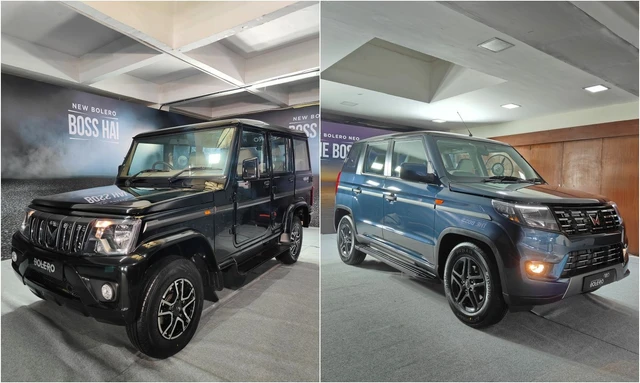 Seshan Vijayraghvan | Oct 6, 20252025 Mahindra Bolero And Bolero Neo Launched: Prices Start At Rs. 7.99 lakhBoth the Mahindra Bolero and Bolero Neo have been updated for the festive season with some cosmetic changes and a handful of feature updates, which make them a bit more appealing to customers.1 min read
Seshan Vijayraghvan | Oct 6, 20252025 Mahindra Bolero And Bolero Neo Launched: Prices Start At Rs. 7.99 lakhBoth the Mahindra Bolero and Bolero Neo have been updated for the festive season with some cosmetic changes and a handful of feature updates, which make them a bit more appealing to customers.1 min read Amaan Ahmed | Apr 23, 2024Mahindra Bolero Neo Receives 1 Star Rating In Global NCAP Crash TestsThis is the lowest rating a Mahindra passenger vehicle has received under the #SaferCarsForIndia initiative since the Scorpio’s zero-star performance in 2016.3 mins read
Amaan Ahmed | Apr 23, 2024Mahindra Bolero Neo Receives 1 Star Rating In Global NCAP Crash TestsThis is the lowest rating a Mahindra passenger vehicle has received under the #SaferCarsForIndia initiative since the Scorpio’s zero-star performance in 2016.3 mins read car&bike Team | Apr 16, 2024Mahindra Bolero Neo Plus Launched In India At Rs 11.39 LakhThe vehicle features a nine-seat format and is offered in two trims- P4 (priced at Rs 11.39 lakh) and P10 (priced at Rs 12.49 lakh)1 min read
car&bike Team | Apr 16, 2024Mahindra Bolero Neo Plus Launched In India At Rs 11.39 LakhThe vehicle features a nine-seat format and is offered in two trims- P4 (priced at Rs 11.39 lakh) and P10 (priced at Rs 12.49 lakh)1 min read Shubham Parashar | Oct 22, 2021Planning To Buy The New Mahindra Bolero Neo? Here Are Some Pros And Cons You Should Look AtThe new moniker aside, it's essentially the facelifted version of an old Mahindra we have known for years.1 min read
Shubham Parashar | Oct 22, 2021Planning To Buy The New Mahindra Bolero Neo? Here Are Some Pros And Cons You Should Look AtThe new moniker aside, it's essentially the facelifted version of an old Mahindra we have known for years.1 min read car&bike Team | Aug 25, 2021Mahindra Bolero Neo N10 (O) Top-Spec Variant Price AnnouncedMahindra and Mahindra has announced the price of the top-spec Bolero Neo N10 (O) variant. It is priced at Rs. 10.69 lakh (ex-showroom, Delhi).1 min read
car&bike Team | Aug 25, 2021Mahindra Bolero Neo N10 (O) Top-Spec Variant Price AnnouncedMahindra and Mahindra has announced the price of the top-spec Bolero Neo N10 (O) variant. It is priced at Rs. 10.69 lakh (ex-showroom, Delhi).1 min read
 Seshan Vijayraghvan | Sep 9, 2021Mahindra Bolero Neo vs Bolero: Which Is The Better Do-It-All SUV?The new Mahindra Bolero Neo promises to offer all that the Classic Bolero does, but with more comfort, styling, and features. To test that claim we spent a whole day with both models to compare their similarities, differences and capabilities as a 'do-it-all' SUV.1 min read
Seshan Vijayraghvan | Sep 9, 2021Mahindra Bolero Neo vs Bolero: Which Is The Better Do-It-All SUV?The new Mahindra Bolero Neo promises to offer all that the Classic Bolero does, but with more comfort, styling, and features. To test that claim we spent a whole day with both models to compare their similarities, differences and capabilities as a 'do-it-all' SUV.1 min read
Used Mahindra Cars
- 2024 Mahindra TharLX RWD Automatic 4 Seater Hard TopYozna Vihar, New DelhiUP16
1st Owner
Petrol
15,465 Kms
Automatic
₹ 13.90 Lakh - 2022 Mahindra TharLX Manual Hard Top 4 seaterYozna Vihar, New DelhiUP14
1st Owner
Petrol
23,631 Kms
Manual
₹ 12.75 LakhEMI starts at₹ 28,556 /Month - 2021 Mahindra XUV700AX7 AT Luxury Petrol 7 STRMansarover Garden, New DelhiDL10
1st Owner
Petrol
43,000 Kms
Automatic
₹ 18.25 LakhEMI starts at₹ 38,597 /Month
Sell Your Car On C&B
Quick, Easy and Maximum Price – Share Car Details, get Price in 5 Minutes, Schedule Home Inspection & Sell in 1 Day
Explore Popular Mahindra Cars
 Mahindra XUV 3XO+29 Variants
Mahindra XUV 3XO+29 Variants- Petrol+1 More
- Manual, Automat…
- 18.8921 KM/L
* Ex-Showroom₹ 7.28 - 14.4 LEMI starts at₹ 15,118 Mahindra Scorpio Classic+4 Variants
Mahindra Scorpio Classic+4 Variants- Diesel
- Manual
- 15 KM/L
* Ex-Showroom₹ 12.98 - 16.71 LEMI starts at₹ 26,938 Mahindra Scorpio-N+32 Variants
Mahindra Scorpio-N+32 Variants- Petrol+1 More
- Manual, Automat…
- 1418.5 KM/L
* Ex-Showroom₹ 13.2 - 23.99 LEMI starts at₹ 27,405 Mahindra Bolero Pik-Up+18 Variants
Mahindra Bolero Pik-Up+18 Variants- Diesel+1 More
- Manual
- 13 KM/L
* Ex-Showroom₹ 9.28 - 13.18 LEMI starts at₹ 19,254
Mahindra 2025 Bolero Neo Alternatives


 Force Motors Gurkha+2 Variants
Force Motors Gurkha+2 Variants- Diesel
- Manual
- 15 KM/L
* Ex-Showroom₹ 19.46 - 20.92 LEMI starts at₹ 40,406 Isuzu D-Max V-Cross+5 Variants
Isuzu D-Max V-Cross+5 Variants- Diesel
- Manual
- 14.4 KM/L
* Ex-Showroom₹ 19.73 - 35.97 LEMI starts at₹ 40,960
Upcoming Mahindra Cars







 Mahindra Global Pik Up concept
Mahindra Global Pik Up concept- Electric
- SUV
Expected Price₹ 18 - 18.5 LEV
Expected Launch : Sep 09, 2026




Mahindra 2025 Bolero Neo FAQs
Any Questions? Ask the Expert
Latest Videos on 2025 Bolero Neo
 The carandbike Show - Episode 891 | Mahindra Bolero Neo Review | Hyundai Creta vs Alcazar Comparison4 years ago | 18:22 mins12330 Views
The carandbike Show - Episode 891 | Mahindra Bolero Neo Review | Hyundai Creta vs Alcazar Comparison4 years ago | 18:22 mins12330 Views Mahindra Bolero Neo Review | Mahindra SUV | First Drive Review | carandbike4 years ago | 07:16 mins31852 Views
Mahindra Bolero Neo Review | Mahindra SUV | First Drive Review | carandbike4 years ago | 07:16 mins31852 Views Freewheeling With SVP: M&M's Veejay Nakra, on new Mahindra Bolero Neo4 years ago | 33:34 mins13399 Views
Freewheeling With SVP: M&M's Veejay Nakra, on new Mahindra Bolero Neo4 years ago | 33:34 mins13399 Views

